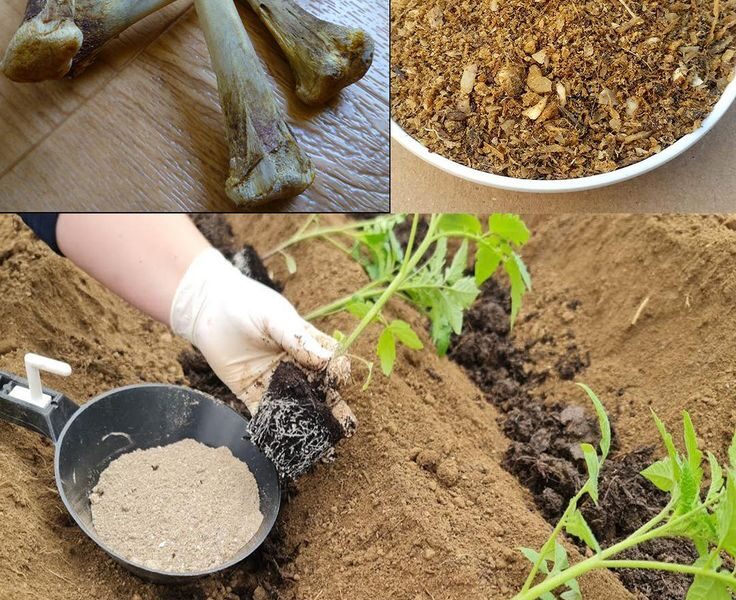How to Make Bone Meal
Bone meal, a revered fertilizer agent, has long been a cornerstone of agricultural practices around the world. Renowned for its rich phosphorus and calcium content, bone meal improves flowering and stimulates root growth, making it a preferred choice for farmers and gardening enthusiasts. Its slow-release nature and ease of application contribute to its widespread appeal.
1. Understanding Bone Meal
Bone meal is basically derived from animal bones, traditionally cattle, although any bone will work. The bones undergo a process of cooking, boiling, or steaming, followed by a thorough pulverization. The exact nutritional content of bone meal can vary, but it is generally high in nitrogen, calcium, and especially phosphorus. Phosphorus plays a central role in a plant’s energy systems, structural integrity, and photosynthesis. Plants in phosphorus-deficient soils can benefit greatly from a bone meal supplement.
- Pulverizing and Dehydrating : Once cooked, bones can be pulverized first into smaller pieces and then dehydrated, or vice versa. Either sequence works well. If you choose to pulverize first, use a heavy-duty blender to grind the bones into smaller fragments. Spread them out on a tray to dehydrate. Conversely, if you dehydrate first, place the bone pieces in a dehydrator on the highest setting for about 12 hours. Make sure the pieces are no larger than 3 inches for even dehydration.
- Final Grinding : After dehydration, the bones may still be large. Use a mortar and pestle or blender (but be careful as this can dull the blades) to grind the bones into a fine powder, the consistency commonly associated with commercial bone meal.
